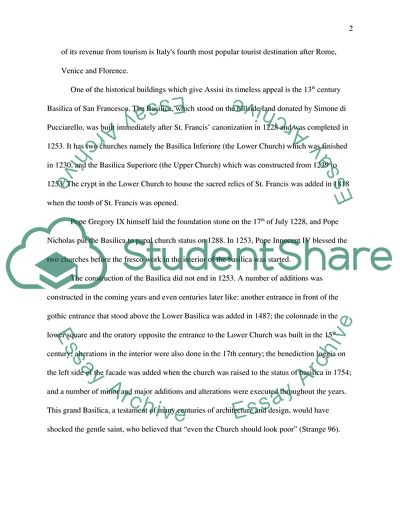Cite this document
(“Not Found (#404) - StudentShare”, n.d.)
Not Found (#404) - StudentShare. Retrieved from https://studentshare.org/culture/1723342-seokguram
Not Found (#404) - StudentShare. Retrieved from https://studentshare.org/culture/1723342-seokguram
(Not Found (#404) - StudentShare)
Not Found (#404) - StudentShare. https://studentshare.org/culture/1723342-seokguram.
Not Found (#404) - StudentShare. https://studentshare.org/culture/1723342-seokguram.
“Not Found (#404) - StudentShare”, n.d. https://studentshare.org/culture/1723342-seokguram.


